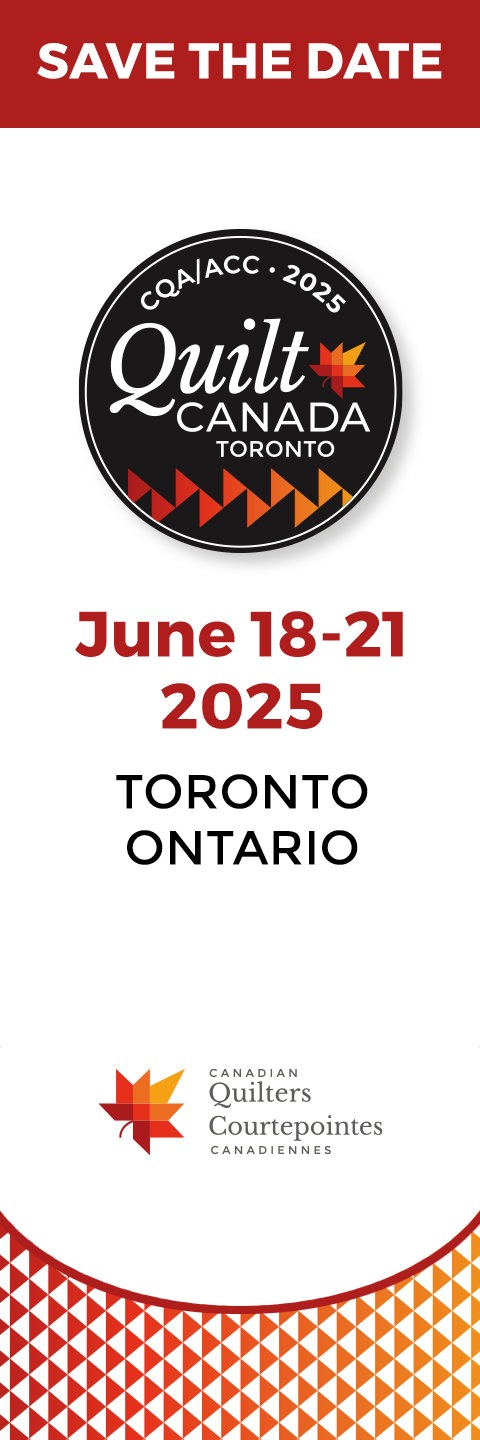Just in time, we finish our latest masterpiece, whip off the entry form and wait to be accepted into the show. The email arrives. What? We aren’t accepted? This must be a mistake. They must have sent the letter to the wrong person.
My photographs aren’t good enough? No way! I used my cell phone and got some great shots. It was in the wrong category? I think it fits perfectly in that category. The trees are too green? What colour do you expect trees to be?
Wait a minute! Let’s look at judge and jury feedback from another perspective.
What can we learn from critiques the jury or judges gave about our pieces? They don’t know who did the work, so there is no favouritism. They are hired to choose pieces that will create the best show, or to select a set number of pieces for the display space available. The critiques are meant to help you get into a show or win a prize next time you enter. Let’s review a few critiques and what they might mean.
The pictures don’t meet requirements.
Is the photograph in focus, with accurate colours? The National Juried Show (NJS) rules clearly state the whole quilt must be visible in the photograph with all edges showing. Have you taken your picture with good lighting, so the jury can see all the detail you spent days, months, or even years creating? As quilters, we spend a lot of money and time making the piece and may begrudge spending a fraction of that on photography. Good photography is the only way to get into a juried show.
If you are not capable of taking and editing photos, hire someone. Take the show rules with you so the photographer knows exactly what you need.
It doesn’t fit the category.
Three categories jump to mind immediately that often cause problems at the NJS. The first category is Modern. The NJS call for entry states…entry must be an original design. Minimalism, asymmetry, use of negative space, improvisational piecing, solids or modern prints and alternate grid work are aspects of the Modern Movement. The general rules fluctuate in modern quilting, but CQA/ACC decides the criteria they are looking for and the jury and judges are hired to judge on the specific criteria outlined. Ensure your piece follows the guidelines the show organizers prioritize.
The second problem category is Abstract Art, which is non-pictorial. Ask others what they see when they look at your work. If others know the exact image you are depicting, it is not abstract.
The third problem, which happens in all categories, is to understand what original design is. If someone else took the photograph or painted the picture, it is their design, not yours. Do not put this piece in a category when it asks for an original design.
The trees are too green.
Contemplate terse statements like this one. What are the jurors or judges trying to say? Are the trees the main focus of your piece? Are the trees where you want your emphasis? Or, is there a beautiful fox eclipsed by them? The judge may not have time to add more detailed information. Judges have three to five minutes to view each piece, confer, then formulate the critiques. While jurors have more time, last year, each juror wrote 250 critiques. Everyone works hard to make both positive and negative statements clear, concise and transparent. Sometimes the maker, who hasn’t been part of the discussion, misses the point.

At the end of the day, after a thoughtful review of the comments, make your own analysis of your entry:
- Did I love making this piece?
- Have I learned something new?
- Did I improve my skills on this piece?
- How did I cope with mental roadblocks?
- Was my timeline realistic?
- Did I enter the right exhibition?
- Did I learn something from the critiques?
- Will I enter this piece in another exhibition or show?
- Will I make another piece to enter this exhibition again?
If you answered yes to any of these questions – be happy with your work. Maybe it was the wrong piece for a particular show or the show was the wrong place for the piece. Love what you do and make, but try and take the critiques as possible ways to improve your work.
Remember, you are not alone! Approximately one third of entries were accepted into the 2018 NJS because there was space for only 150 works of art. And finally, try to see the exhibition for yourself and celebrate the achievements of successful entrants.


